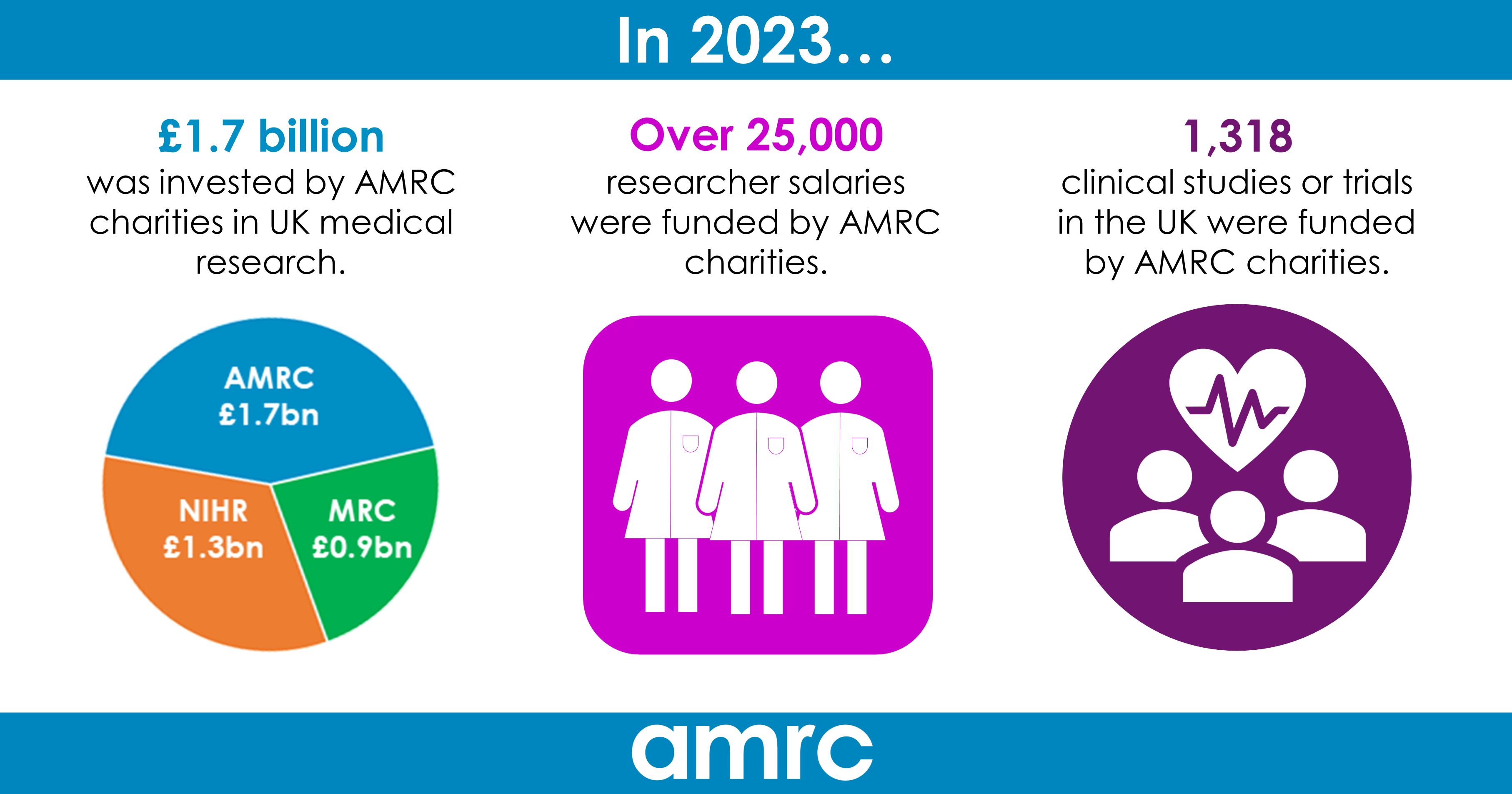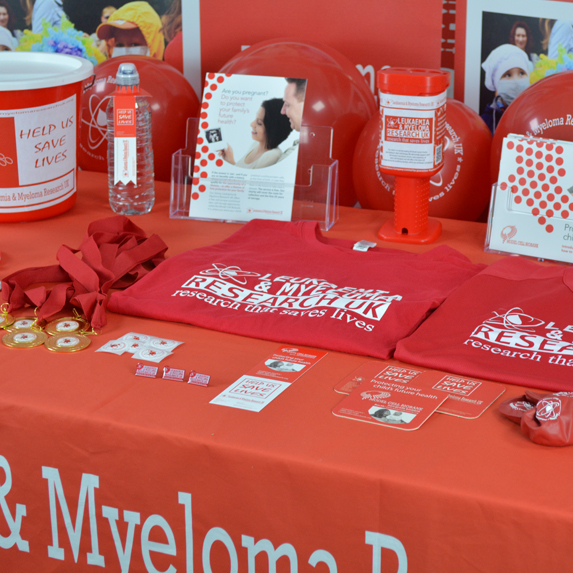
There are over 100 variants of blood cancer, including types of leukaemia, lymphoma and myeloma. Blood cancer can come in varying forms from acute (fast-growing) or chronic (slow-growing).
To help you understand the difference between leukaemia and lymphoma, the different types of cancer and the symptoms to look out for, we’re answering your frequently asked questions.
What is leukaemia and lymphoma?
Leukaemia is a cancer of the white blood cells that originates in the bone marrow. This form of cancer produces too many immature white blood cells which stop the body from producing the other types of cells which are essential for the immune system.
Lymphoma is a cancer of a specific type of white cell called a lymphocyte. They are part of the immune system and are found in your blood, bone marrow, lymph glands and spleen. Lymphoma is caused by lymphocytes not dying when they should or not dividing normally.
What types of leukaemia are there?
There are many types of leukaemia, but the four most common are:
- Acute Myeloid Leukaemia (AML)
- Chronic Myeloid Leukaemia (CML)
- Acute Lymphoblastic Leukaemia (ALL)
- Chronic Lymphocytic Leukaemia (CLL)
What is Acute Myeloid Leukaemia?
AML is the most common form of acute leukaemia in adults over the age of 60. However, it can affect people of all ages but is known to be rare in children.
Symptoms of AML include fatigue, bleeding and infection.
There are many types of AML with differing underlying genetic mutations which have varying prognoses. It may occur unexpectedly or after a pre-existing blood condition.
AML may also be triggered by damage to the bone marrow as a result of radiation or chemotherapy exposure given to treat other diseases or cancers. If untreated, AML is rapidly fatal but with modern treatment many patients are cured.
What is Acute Lymphocytic Leukaemia?
ALL is the most common childhood leukaemia with 75% of cases occurring before the age of six.
Symptoms of ALL are similar to those of bone marrow failure but include bone pain and swollen lymph glands. ALL may also affect the nervous system and present visual problems or testicular swelling in male patients.
Treatment of ALL depends on the age and fitness of the patient. Supportive care medications will treat bleeding and infection, while blood transfusions are usually given to all patients. Those who are young and fit may be given high dose chemotherapy and donor stem cell transplants which offer a potential cure.
What is Chronic Lymphocytic Leukaemia?
CLL is chronic slow-growing leukaemia affecting mature white blood cells called B lymphocytes. It’s the most common type of leukaemia in adults but is not known to affect children.
Around 1 in 200 people will develop CLL in their lifetime. CLL presents no symptoms and is only diagnosed when patients have blood tests done for other reasons. However, if advanced, it may present the signs and symptoms of bone marrow failure or swollen glands.
Many patients with CLL, particularly at an early stage, may not require treatment, although patients with a more aggressive disease will be treated with a combination of chemotherapy and immunotherapy.
CLL is currently not considered to be curable but most patients will live many years with it.
What is Chronic Myeloid Leukaemia?
CML accounts for approximately 15% of all leukaemia diagnoses and can occur at any age, but is most common between the ages of 40-60. In 50% of cases, the diagnosis is made incidentally.
Symptoms of CML include fever, weight loss and an enlarged spleen that causes abdominal pain, lack of appetite and a feeling of fullness.
CML is caused by chromosomes becoming mixed up, producing a small chromosome called the Philadelphia chromosome, which contains a new gene called BCR ABL. This gene causes blood cells to divide faster and live longer than they should. It’s not known why this occurs but it is not inherited and the chromosome does not pass on through generations.
What types of lymphoma are there?
There are two main types of lymphoma; Hodgkin lymphoma and Non-Hodgkin lymphoma.
Symptoms of lymphoma include swollen lymph glands in the neck, armpit or groin.
While a full blood count makes a diagnosis of leukaemia unlikely, lymphoma can be diagnosed in the setting of a normal blood count.
What are the symptoms of Hodgkin Lymphoma?
Around 2,000 people in the UK are diagnosed with Hodgkin Lymphoma each year, and it is most common in young adults below 40 years of age.
Firm, non-tender enlarged lymph glands are a common symptom of Hodgkin lymphoma, and 60% of the time they are found in the neck. People with lymph node areas may also have fevers and suffer from weight loss, night sweats, itching or pain in the swollen glands when drinking alcohol.
How is Hodgkin Lymphoma diagnosed and treated?
Hodgkin lymphoma is usually diagnosed by taking a biopsy for a lymph node and treated with a combination of chemotherapy. Approximately 85% of patients are cured.
What is Non-Hodgkin Lymphoma?
There are many types of Non-Hodgkin lymphoma that can affect many organs and mimic other diseases. Two types of lymphocytes; B cell and T cell can develop into Non-Hodgkin lymphoma, with B cell being more common.
Symptoms of Non-Hodgkin lymphoma include swollen lymph glands, fevers and sweats, and weight loss.
Is Non-Hodgkin Lymphoma curable?
Non-Hodgkin lymphoma can be divided into low-grade and high-grade cancer. Low-grade is a slow-growing, less aggressive disease, but is considered to be incurable.
High-grade develops quickly and is often associated with fevers and sweats. It is considered curable in some cases.







